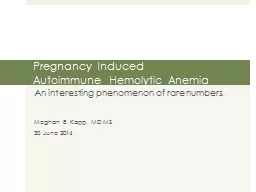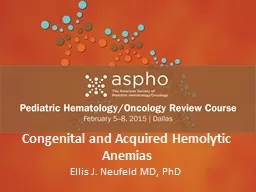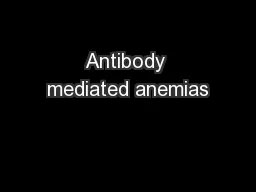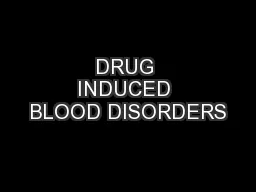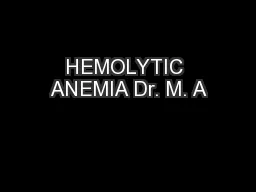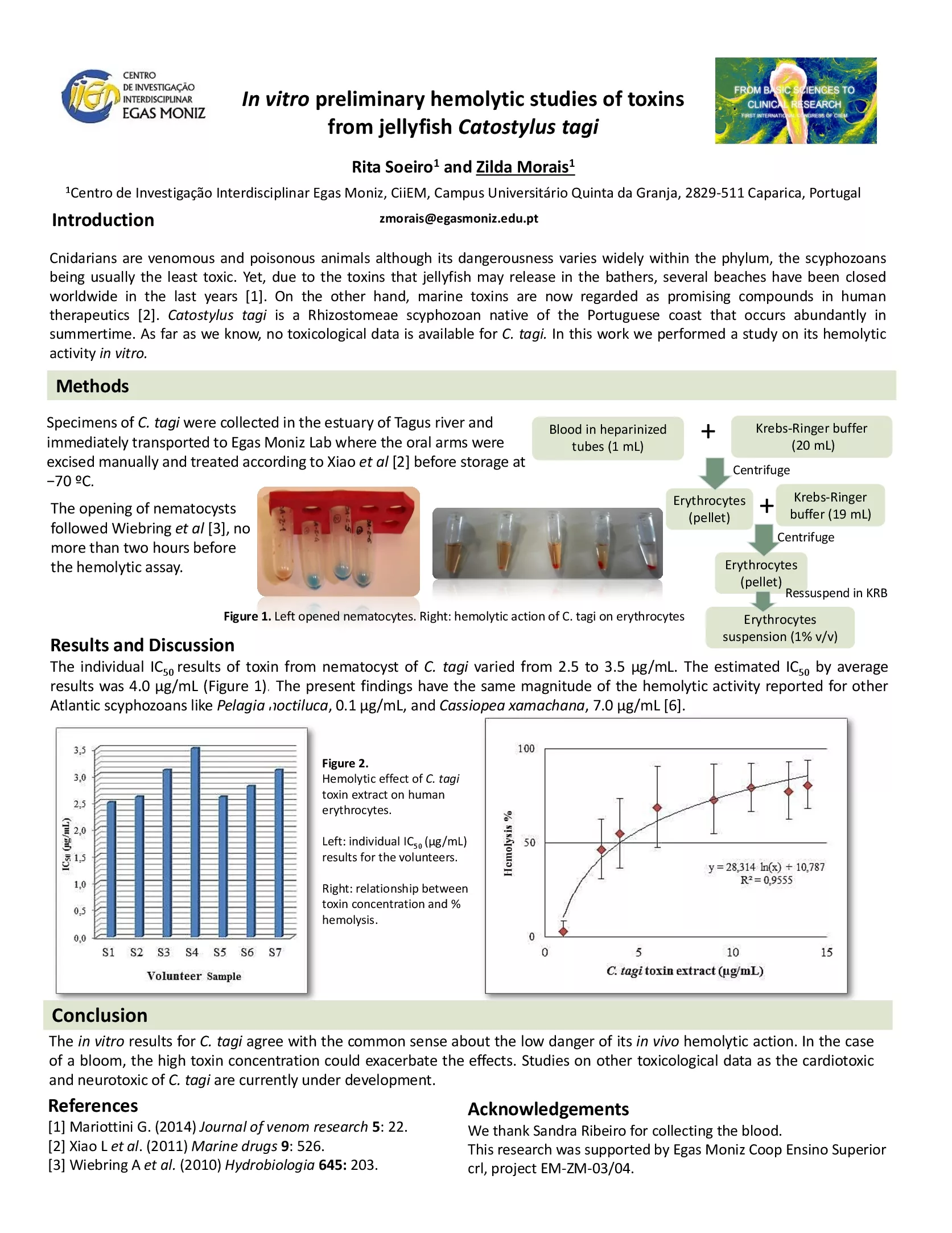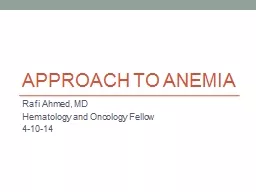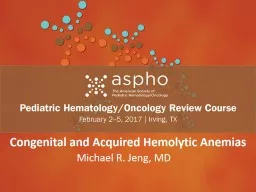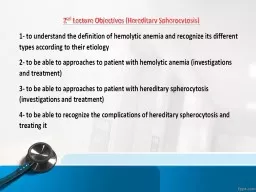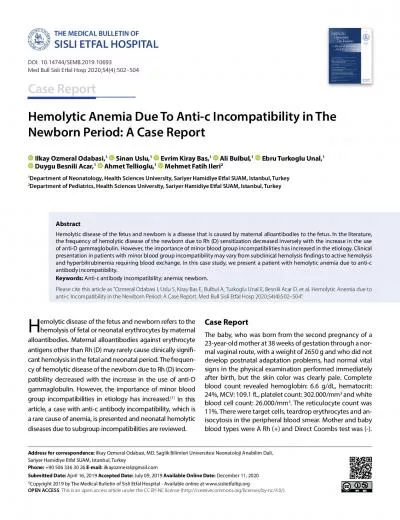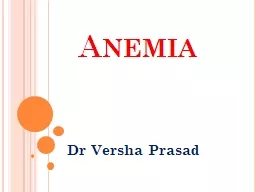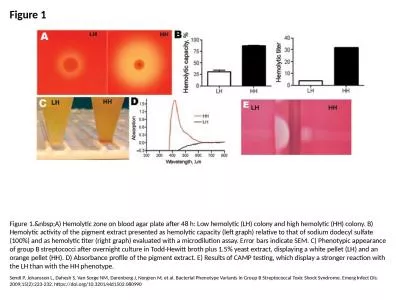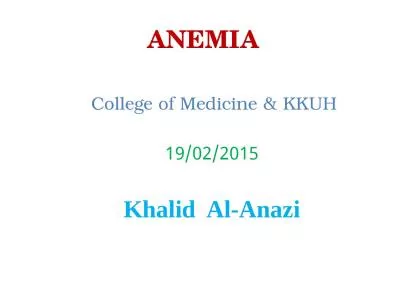PPT-Pregnancy Induced Autoimmune Hemolytic Anemia
Author : stefany-barnette | Published Date : 2020-04-02
An interesting phenomenon of rare numbers Meghan E Kapp MD MS 30 June 2014 Hemolytic Anemia Red Blood Cells are destroyed and removed from the bloodstream before
Presentation Embed Code
Download Presentation
Download Presentation The PPT/PDF document " Pregnancy Induced Autoimmune Hemolytic..." is the property of its rightful owner. Permission is granted to download and print the materials on this website for personal, non-commercial use only, and to display it on your personal computer provided you do not modify the materials and that you retain all copyright notices contained in the materials. By downloading content from our website, you accept the terms of this agreement.
Pregnancy Induced Autoimmune Hemolytic Anemia: Transcript
Download Rules Of Document
" Pregnancy Induced Autoimmune Hemolytic Anemia"The content belongs to its owner. You may download and print it for personal use, without modification, and keep all copyright notices. By downloading, you agree to these terms.
Related Documents

